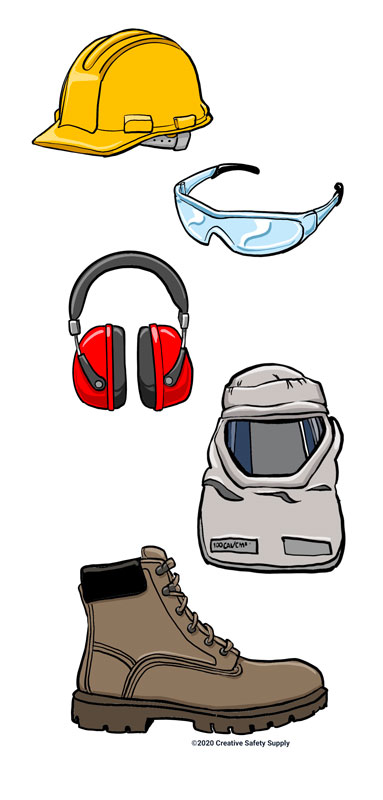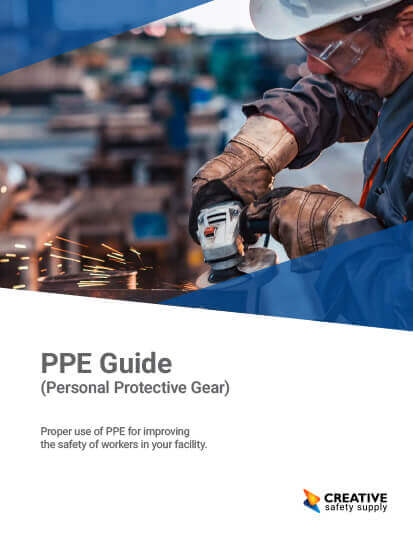
Personal protective equipment (PPE) is an umbrella term for any safety garment or accessory worn by workers. It includes rubber gloves that don’t absorb chemicals, arc-rated gloves that won’t catch on fire, body harnesses that will safely suspend a falling worker, hi-vis safety vests that keep construction site workers visible to traffic, and everything in between.
PPE Standards
Moving from head to toe, the following are different types of personal protective equipment and their respective regulating standards:
- Hard Hats or Bump Caps: ANSI/ISEA Z89.1 is the standard outlining performance and testing requirements for head protection. Hard hats, for instance, have different types and classes depending on the hazard it is designed for.
- Safety Glasses or Goggles: Welders, lab assistants, chemical manufacturer, and many other professionals must wear eye protection to avoid permanent and devastating damage. Any glasses or goggles provided by the employer will need to comply with the ANSI/ISEA Z 87.1-2010 standard.
- Ear Muffs or Ear Plugs: Hearing protection is used in workplaces or job sites where noise levels cannot be reduced below OSHA's required level. ANSI has developed a set of standards (S3.19) to ensure ear muffs or ear plugs are properly tested and before it can be sold with a Noise Reduction Rating (NRR) label.
- Body Protection: This is a broad category regulated by a number of standards, and includes items like safety vests, HAZMAT suits, arc-rated garments, aprons, and more.
- Boots or Shoe Covers: OSHA requires protective footwear in the workplace to be in compliant with the two standards developed by the American Society of Testing and Materials International (ASTM).
Under OSHA’s regulations, it is the responsibility of the employer to provide (at no cost) the necessary PPE for their workers. Before making a purchase however, employers are obligated to perform a hazard assessment to identify present physical and health hazards. Additionally, employers are responsible for training, replace damaged or worn equipment, and ensure the PPE program is effective.
Similar Questions
- What are different types of PPE?
- What PPE is commonly used in construction sites?
- What hazards do PPE protect from?
- What is hearing protection?
- What does PPE stand for?
- Can PPE be shared, reused, or altered?
- What PPE can protect a worker from electrocution?
- What are PPE requirements?
- Who regulates PPE?
